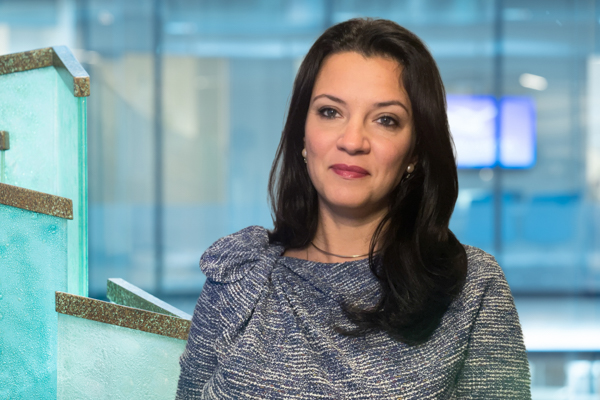Patient Costs Among Medicare Part D Users of Mental Health Drugs
Summary
According to a new analysis from Avalere, Medicare Part D beneficiaries who are taking mental health drugs and do not receive low-income cost-sharing support are responsible for a higher share of the cost of mental health drugs (46%) than for non-mental health drugs (23%).As medication affordability increasingly becomes a focal point for policy makers, out-of-pocket (OOP) spending is a growing point of pressure for vulnerable populations, including those with mental health disorders. Avalere examined the burden of OOP spending on non-low-income subsidy (non-LIS) Medicare Part D beneficiaries using mental health medications.
Avalere analyzed patient progression through each phase of the Part D benefit. Among non-LIS beneficiaries taking mental health drugs of any kind during a year, 20% reached the coverage gap and 5% reached the catastrophic phase by the end of the year. Approximately half of those beneficiaries reached the coverage gap by mid-year and stayed there for an average of 4 months.
Additionally, Avalere found that beneficiaries assumed financial liability for 46% of the cost of their mental health drugs and 23% of the cost of their non-mental health drugs. This translates to an average of $760 per beneficiary in annual total OOP spending for non-LIS beneficiaries using mental health medications.
Methodology
Avalere analyzed 2018 Part D prescription drug event data as well as Medi-Span’s Generic Product Identifier therapeutic classification system to identify the following drug classes within the mental health category: antidepressants, antipsychotics, anxiolytics, and mood stabilizers. Avalere limited the analysis sample not to exceed 20% of the overall Part D beneficiary population and examined OOP costs for non-LIS Part D users of mental health drugs enrolled in non-employer group waiver plans.
To receive Avalere updates, connect with us.
Find out the top 2020 healthcare trends to watch.






